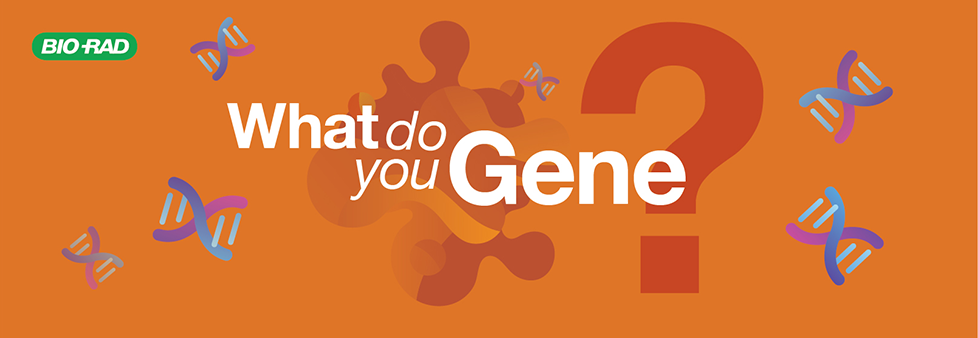
There are thousands upon thousands of genes out there. So how do we decide which ones to study and measure with molecular assays?
Although scientists haven’t yet characterized the function of every gene, there are already plenty of genes—and associated molecules—that are known to have important implications for cancers, hereditary disorders, evolutionary relationships, and more. Our experts developed this graphic educational series to inform scientists at every level about some of the key biomarkers that are proving to be gateways to even deeper biological knowledge.
Explore these infographics for bite-sized facts about important genes and molecules.
Featured Genes

EGFR T790M Mutation
A single amino acid swap can make a big difference. In the case of EGFR, the switch from threonine to methionine at position 790 renders non-small-cell lung cancer resistant to an important class of drugs.
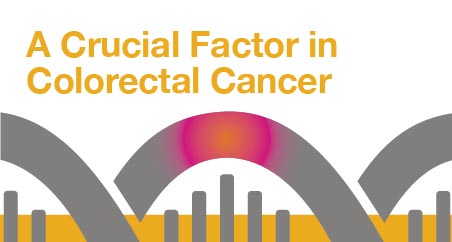
KRAS
Mutations in KRAS continuously activate EGFR signaling, which is an important driver in colorectal cancer. Up to 40% of colorectal cancer patients have mutations in KRAS, which can block the benefits of anti-EGFR treatments.
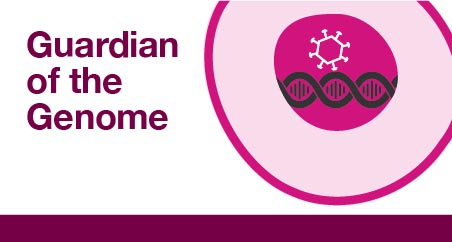
TP53
The TP53, a tumor suppressor gene located on chromosome 17, is mutated in half of all cancer types. It codes for p53, a protein responsible for regulating cell proliferation and apoptosis.
Genes from A to Z
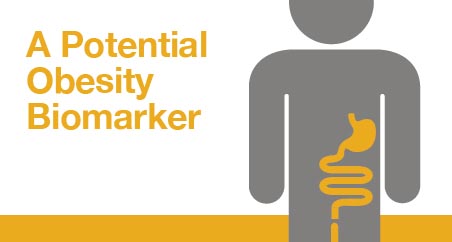
AMY1A
Alpha-amylase 1 is a salivary enzyme that catalyzes the first step of digestion. Research suggests that AMY1A copy number is linked to an individual's risk of obesity, with higher copy numbers reducing the odds of becoming obese.
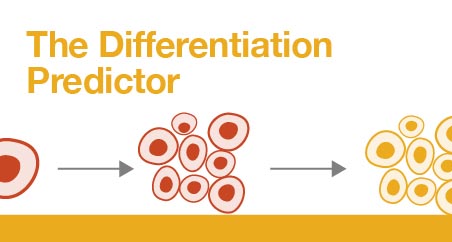
CHD7
What determines the differentiation potential of pluripotent stem cells? CHD7 offers a clue — undifferentiated cells with a CHD7 copy number within a certain range have the ability to differentiate.
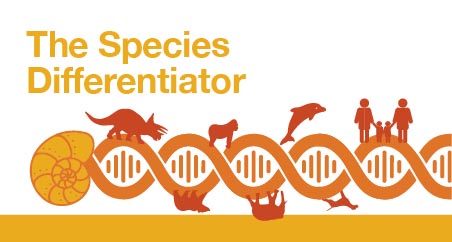
CYTB
Known as the "species differentiator," cytochrome B is a protein found in the mitochondria of eukaryotic cells that can be used to determine phylogenetic relationships between organisms.

EDNRA
ENDRA (endothelin receptor type A) encodes the receptor for endothelin-1, a peptide involved in long-lasting vasoconstriction. ENDRA has surprising implications for migraines and Boer goat pigmentation!

hDEC2
Wish you felt more rested in the morning? Individuals with mutations in hDEC2, which codes for a circadian clock regulation protein, have shorter daily sleep times than normal individuals throughout their lifetimes.

KIT Molecule
Mutations in the KIT gene can disrupt regulation of cell growth and differentiation. The most common skin cancer in dogs, comprised of 20% mast cell tumors, have high levels of mutated KIT. Testing for copy number of the gene in cancer cells can help in diagnosing and treating our furry friends!
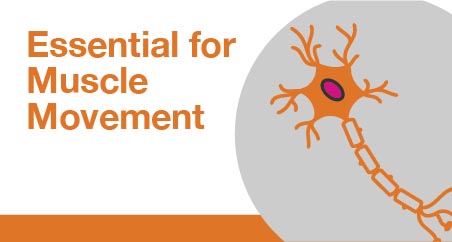
Survival Motor Neuron
The SMN1 gene is essential for the maintenance of motor neurons. Spinal muscular atrophy, a devastating neurodevelopmental disorder, is caused by a mutation in this gene that decreases the production of functional SMN protein.

